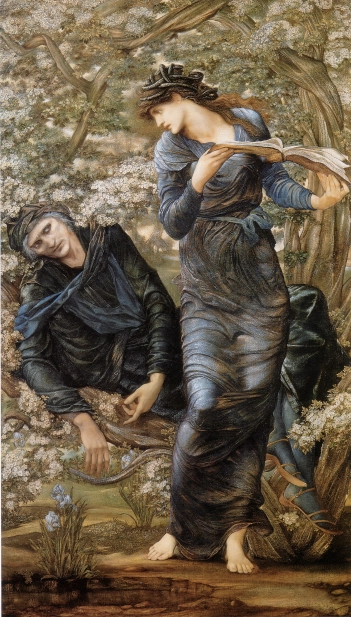
Although this painting was completed in 1860 and relates to an event some decades earlier its familiar theme and humanity still resonate strongly today. The story relates to the engraving which hangs on the wall. It is a copy of a painting by Jacques-Louis David depicting Napoleon crossing the Alps which alludes to the fate of the young man.





